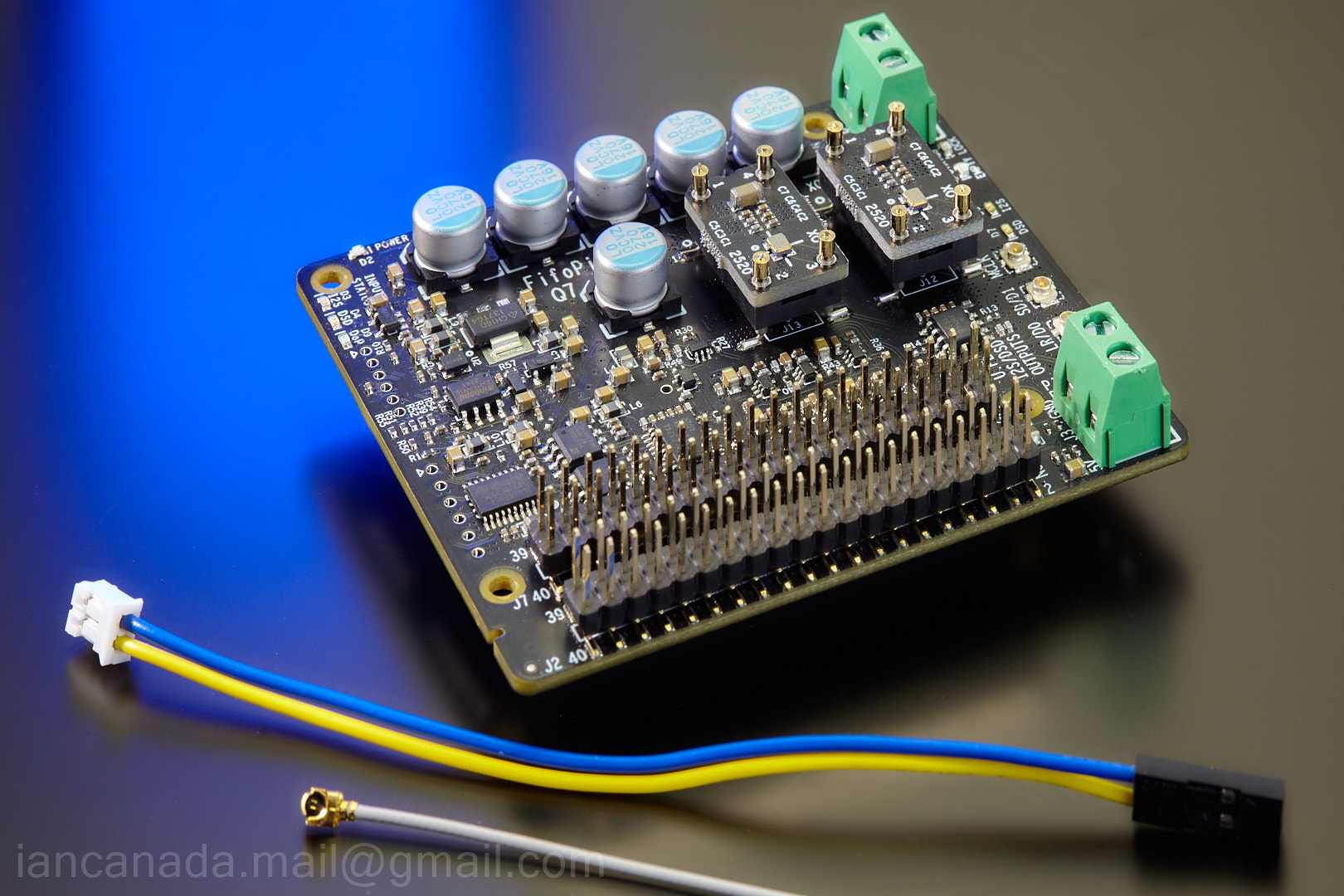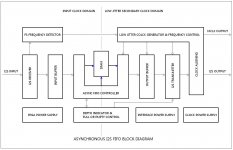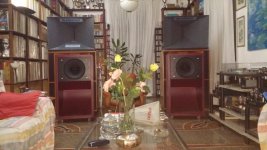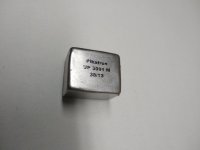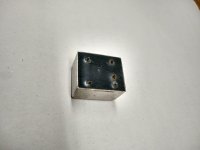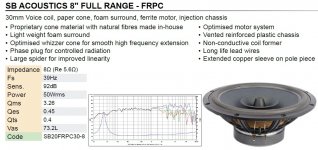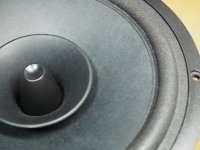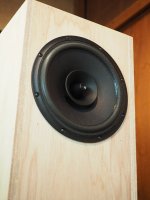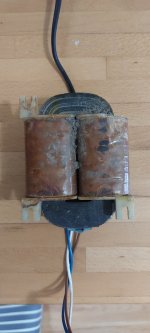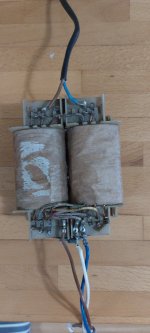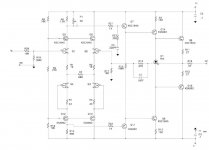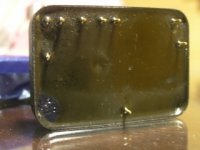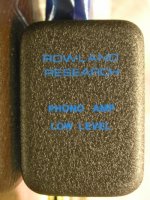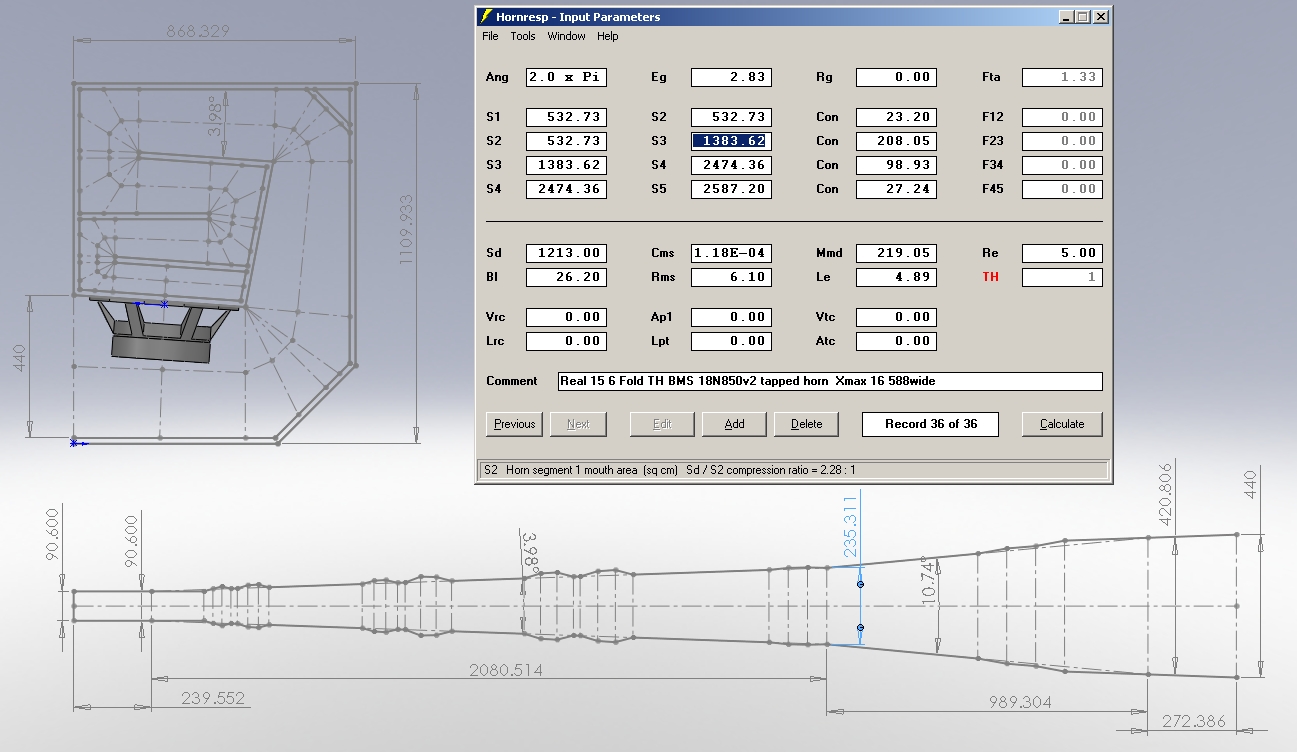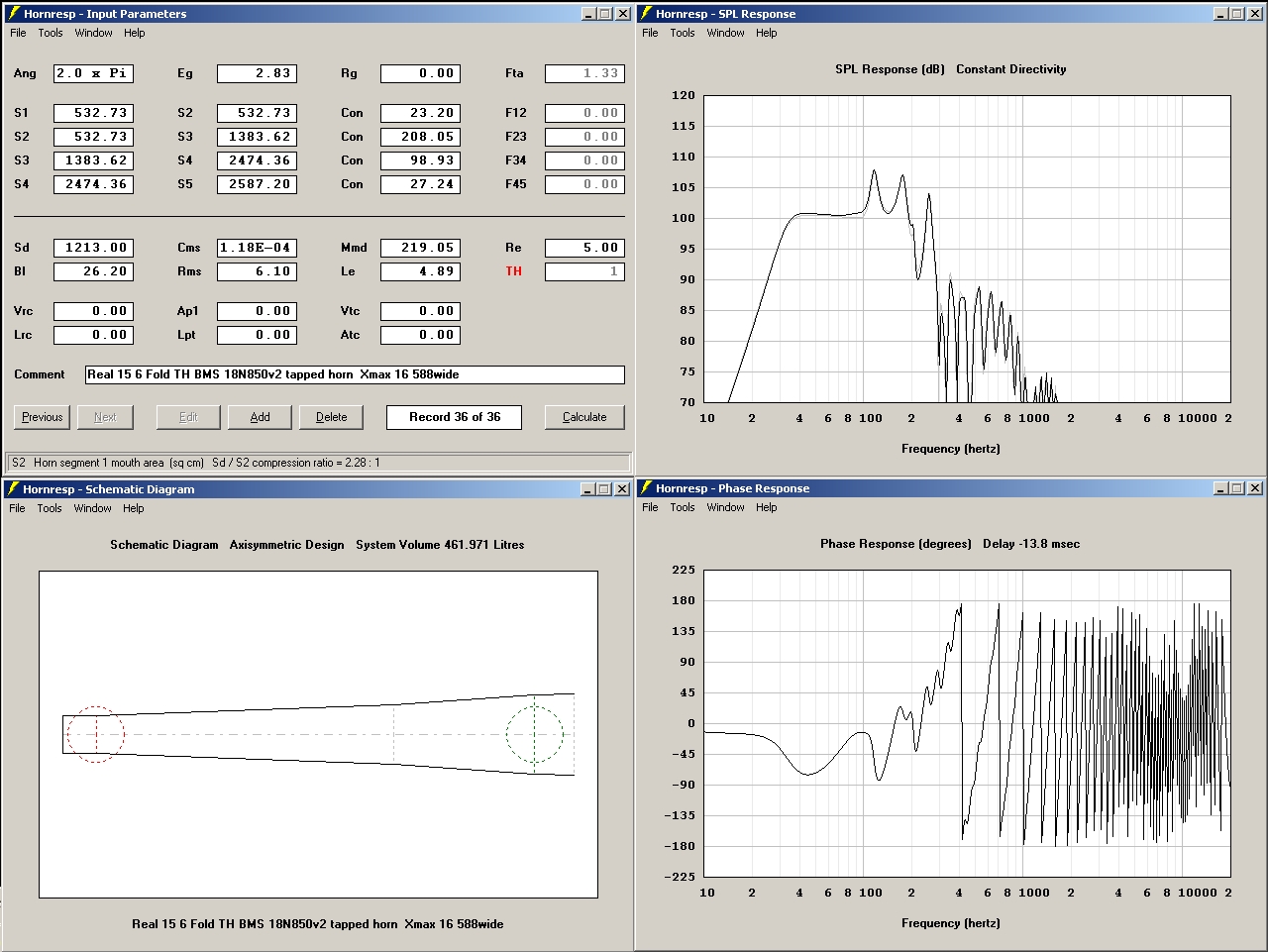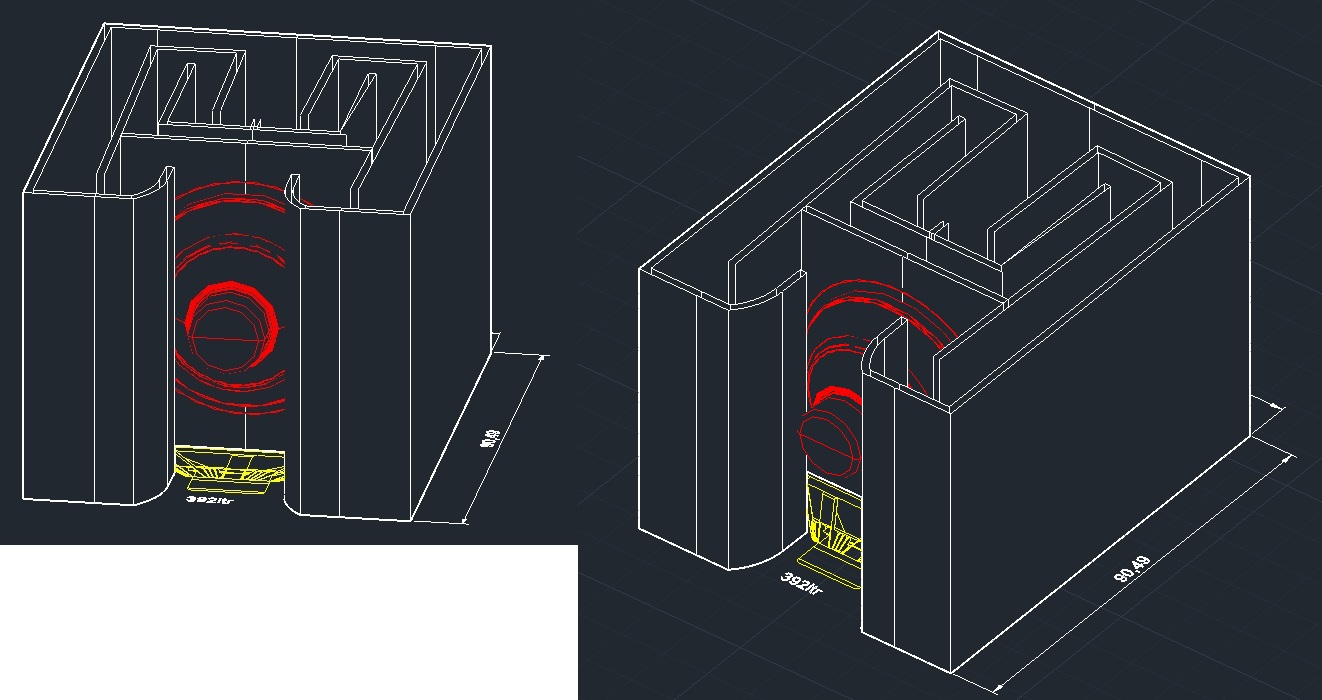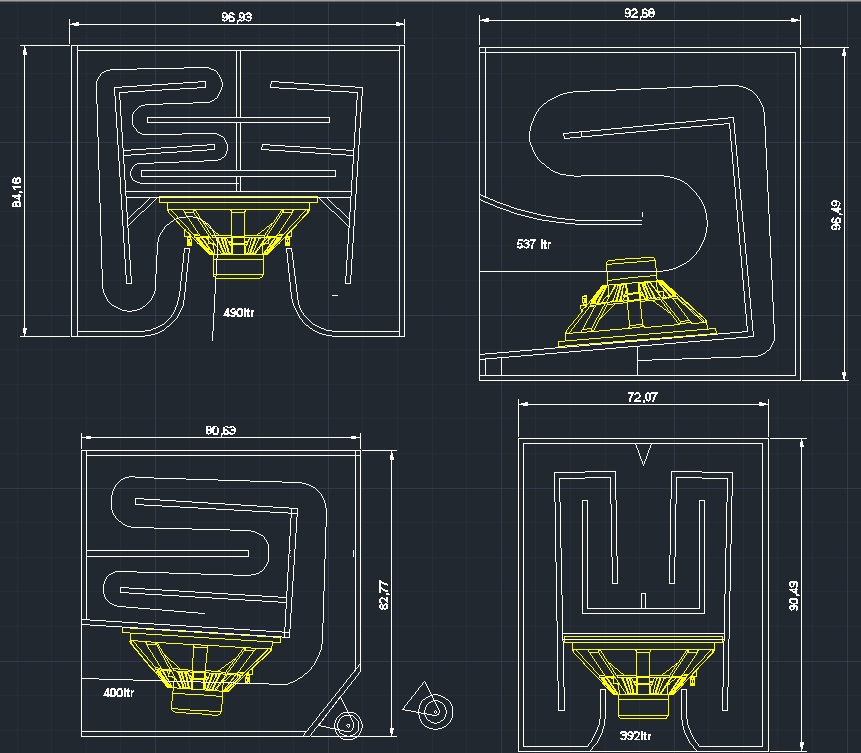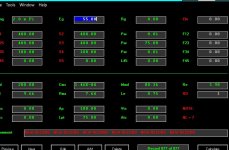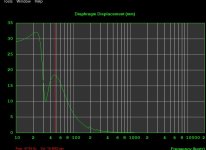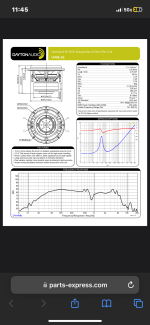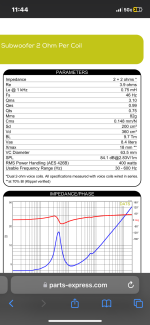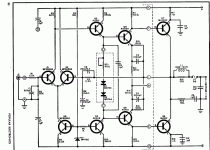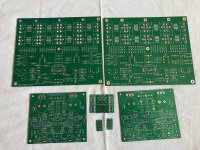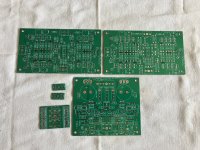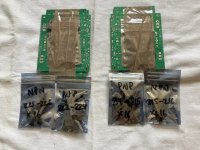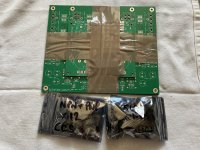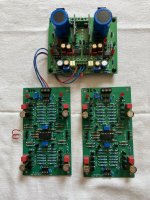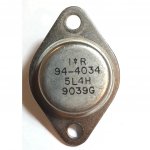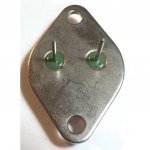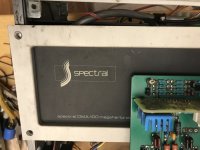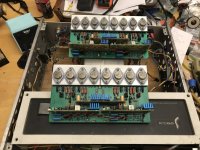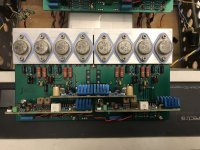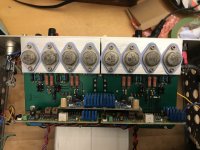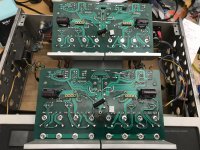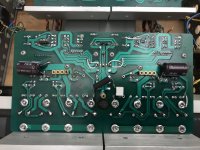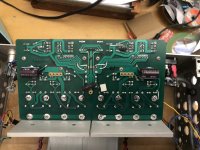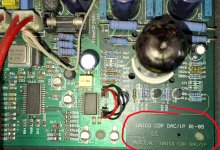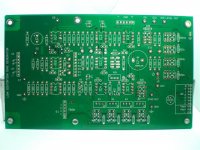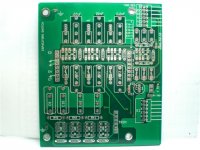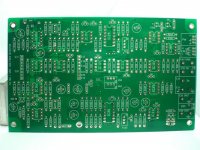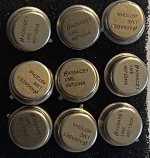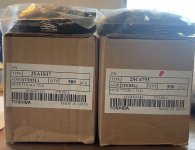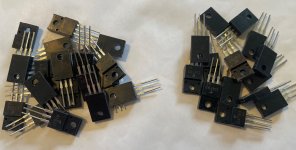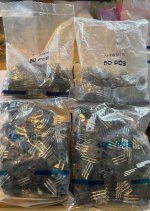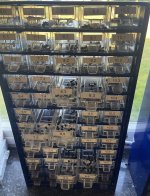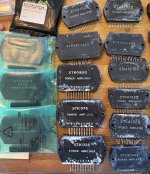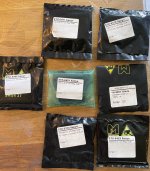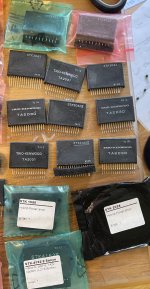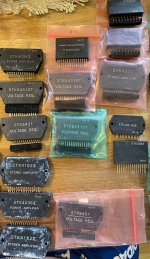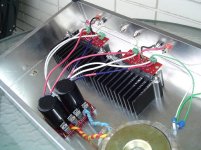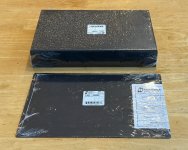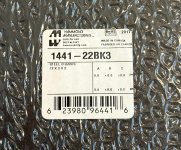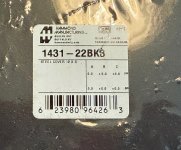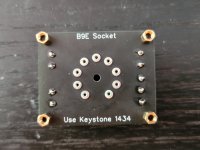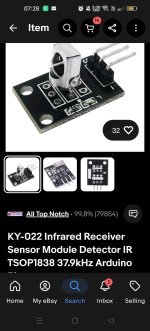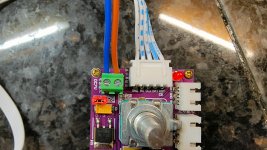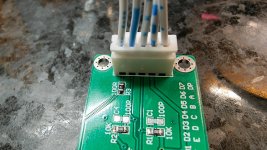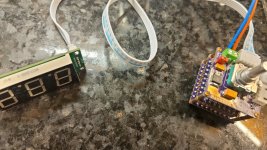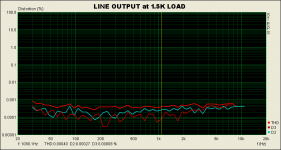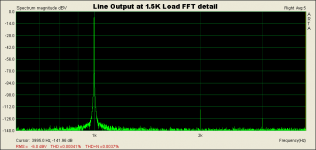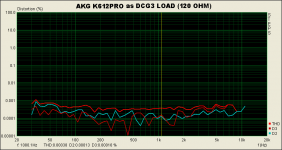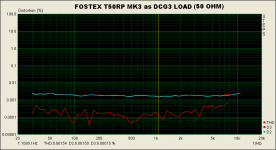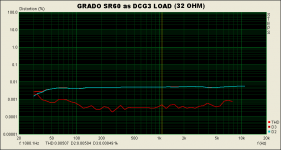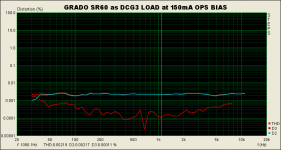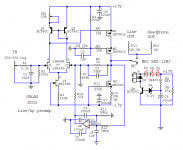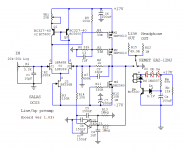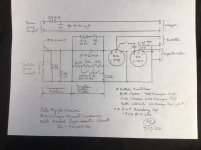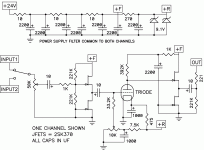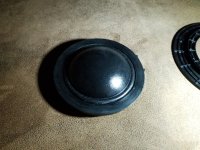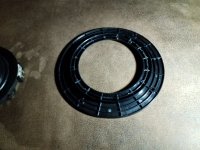Hello
I once owned a Threshold Stasis 3 and Fet One pair, which I loved, but had to sell due to financial difficulties.
This set worked well with my Ditton 66s, which I also had to sell along with the Threshold set.
I was able to buy my Ditton 66s again, 20 years later, but the Threshold set had long since been resold.
I started looking for a new set, but these devices are rare and still too expensive for me.
I was lucky to find a Stasis 3 and an NS10 separately, both in France.
The NS10 was 110V, so I easily switched it to 220V and replaced all the chemical capacitors. I'd still like to find a Fet One, but they are very rare, especially in Europe.
I haven't done anything on the Stasis 3 since I got it. I recently decided to replace the RCA sockets because the plugs don't hold well.
I knew this amp had been professionally repaired, but what I didn't know and didn't see was that the job hadn't been done very well: some wires were melted and the circuit boards were damaged.
At that moment, I regretted opening it!
The RCA cables had been replaced, but they were too stiff and had bent the leads of an MPSA42, making contact with each other. Luckily, these leads were already in contact on the circuit board, so it didn't change anything!
So I completely disassembled the amp to rewire it.
While cleaning the circuit boards, the leads of a 2SA1112 were cut off flush with the case. I was lucky here too, because since I listen very loudly, they could have broken from the vibrations.
So I was right to take it apart, without knowing it. I replaced the 2SA112 and 2SC2592 with MJE15033G and MJE15032G, which I had in stock.
I rewired it, changing all the ring terminals and lengthening the wires so I could keep it open without unwiring anything. I also changed the banana plugs.
I was very nervous about powering it up again. I first used a 100W bulb in series and measured the output voltage. There were 2x16V on the filter capacitors and over 100mV negative on the outputs.
I finally mustered the courage to connect it directly, and it didn't catch fire! The output offset is lower but still high: -48mV on one channel, -60mV on the other.
But, after a while, the offset increases on the channel that was at -48mV, going beyond -70mV after only a few minutes, while it decreases a little on the other channel to around -50mV.
The transformer is a bit noisy, I'd never noticed it before.
I noticed that it heats up much faster, and that the temperature seems higher than before.
Perhaps the fact that the MJE transistors have a much higher gain than the original ones means the quiescent current is higher?
I'll have to adjust the quiescent current potentiometers; it scares me.
I'll first open it up and measure the voltage across one of the emitter resistors on each channel to get the actual value of this current.
I would need to replace the two filter capacitors, but my finances do not allow me to do it at the moment, I will do it later, perhaps at the same time as replacing the two printed circuits of the input stage.
Here's some photos before my intervention:
After my intervention

